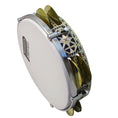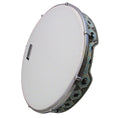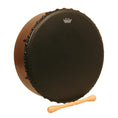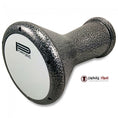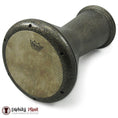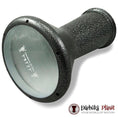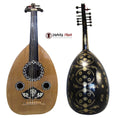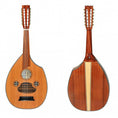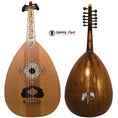- No products in the cart.
Darbuka Brims With Sweet Music
20
Sep
Darbuka or Darabouka is an ancient musical instrument which is known by different names and has become popular over the years. It is of goblet shape and most commonly used in Egypt. Darbuka serves as the faithful backbone for all be it racy pop tunes of Lebanese artists or swingy folk odes of dreamy Turkish serenades. Its incredibly catchy and thrilling rhythms are sure to attract your attention.
Darbuka is one of the world’s most exciting drums, which looks quite simple and produces a sweet and cherry rhythm. It falls under the category of Goblet Drums and played in a similar manner like the Kashmiri Tombak Naer and the Iranian Tombak. Although it is an ancient instrument, however, in the recent times, it has gained so much popularity in India and the West.
The name of the instrument comes from the Arabic word ‘Daraba’, which means ‘to strike’. Apart from the West, it is popular in parts across Africa, Central Asia, the Middle East and Turkey.
Material Used
Generally, a darbuka is made with clay and ceramic. Even in some of its modern versions, metal is used in place of clay and ceramic. The top part is made up of goatskin, however, the goatskin has been replaced with synthetic materials like fiberglass that provide shaper and louder tones. The top is larger than the narrow thin neck and is shorter in length. Egypt is known as the home to darbukas as the finest living darbuka makers live in this part of the world.
How to Play Darbuka?
Deft fingers are needed to produce intricate and exciting rhythms, which serve as a fixed framework while the base is played with the cupped palm. Fingertips work like magic producing intricate rolls, accents and improvisations. Most of the darbuka players place the darbuka on their left thigh and play base with the right hand while there are some who does the opposite. Syllables like ‘Dum’, ‘Tek’ and ‘Ka’ form the basis of the repertoire.
Some of the common rhythms produced by this incredible instrument include Baladi, Karatshi, Ayyoub, Maqsoum and the Ottoman Chiftetelli which collectively form a framework for solos. The rhythms accompany classical, pop, folk and tribal music with folk dances like Berber dances and Raqs Sharqi.
This popular musical instrument could common be seen in historical performances of personalities like Muslum Gurses, Fairuz, Umm Kulthum, Warda JazairiaJazairiyyah and others. They all have had seen accompanying a darbuka while performing at different venues.
In solo performance, musicians improvise with both hands with more than a one darbuka to provide the basic rhythmic outline. Famous living personalities of darbuka are Misirli Ahmet of Turkey, Faisal Zedan of Lebanon. The increasing popularity of the famous musical instrument has pushed companies to include darbuka in their existing portfolio and thus, making it easier for people to buy it.








